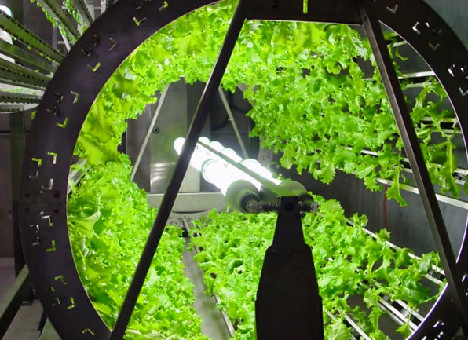Introduction
It has been said that the genetic manipulation of plants is the reason why the genomics revolution—touted as the third technological revolution following the industrial revolution and the computer revolution—will have a major global impact1. Genomics will certainly influence new drug discovery to treat human diseases, but through its application to agricultural biotechnology, a proportion of our needs for fuel, fiber, food, and some medicines will one day be obtained from genetically modified plants.
Global sales from transgenic crops were estimated at $1.6 billion in 1998, and rose by more than a third to an estimated $2.1 to $2.3 billion in 1999, according to the International Service for the Acquisition of Agri-Biotech Applications (ISAAA)2. It is not surprising, therefore, that with such a large market, agricultural biotechnology is a centerpiece of major industrial efforts. Large chemical and pharmaceutical companies, including Rohm and Haas, Dow Chemical, DuPont, Monsanto, and Novartis have invested heavily in agbiotech—specifically, genetic engineering of plants—both in-house and through major collaborations with genomics companies. (Via NATURE)






